As the temperature starts to drop, we crave food that warms the soul. While we keep our outsides warm and cosy, it’s also important to nourish our bodies (and minds!) with food that helps to strengthen our immunity and promote winter wellness.
Ginger
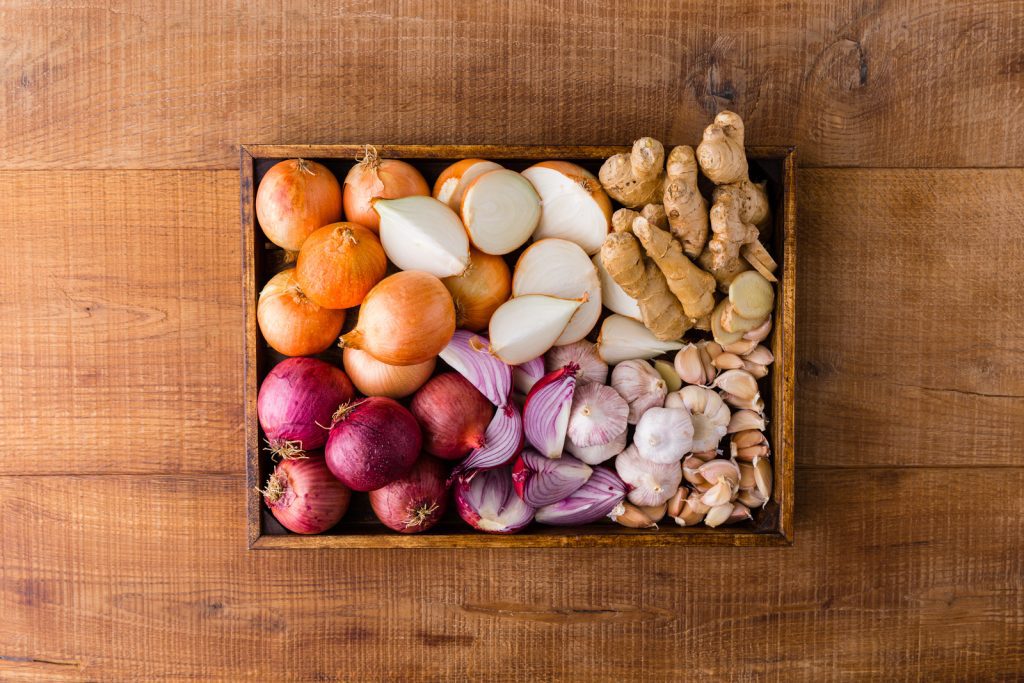
Ginger is well-known for its health benefits and has been used by cultures all over the world for centuries. This herbaceous root is especially rich in an antioxidant called gingerol, which is remarkably beneficial for our bodies.
Our cells are constantly busy working to keep us alive. However, these processes produce harmful biproducts known as oxidants that result in negative effects such as ageing and chronic inflammation.
The good news is that there is something you can do to help! To combat these damaging effects, our bodies need antioxidants like gingerol. By increasing our intake of nutrient-dense foods with a high antioxidant content, we can help to reduce this impact.
But wait, there’s more! A diet high in antioxidants has also shown to aid our immune system’s ability to elicit an immune response and to fight infection. Perfect for Winter.
Information from:
- Batchu, S.N. et. Al. Bioactive Compounds in Heart Disease. 2012. University of Alberta, Edmonton, AB,Canada. https://doi.org/10.1016/B978-0-12-396485-4.00026-8
- https://nutritionfoundation.org.nz/nutrition-facts/nutrition-a-z/Antioxidants
- Lobo, V. et al. 2010. Free radicals, antioxidants and functional foods: Impact on human health. https://doi.org/10.4103/0973-7847.70902
- Bendich, A.1993.Physiological role of antioxidants in the immune system. J Dairy Sci.
- http://nopr.niscair.res.in/bitstream/123456789/23508/1/IJEB%2040%286%29%20639-655.pdf
Garlic & Onion
We can all see the family resemblance when it comes to onions and garlic – both contain those pungent smells and cause annoying eye-watering. And, although we don’t love the stinging eyes or the garlic breath, it is the sulfur-containing compounds that cause these reactions that provide a powerful antioxidant effect.
In fact, there is research showing that these beneficial sulfur-containing compounds may even have a protective action against cancer and other chronic diseases.
Here’s how we’re helping you include these amazing aromatics in your dinners this week:
• Both onion and garlic have been added to the roast veggies and risotto.
• Garlic has been added to the greens, mushrooms and soup to add both a flavour and antioxidant punch!
Information from:
- https://nutritionfoundation.org.nz/nutrition-facts/nutrition-a-z/Antioxidants
- Lobo, V. et al. 2010. Free radicals, antioxidants and functional foods: Impact on human health. https://doi.org/10.4103/0973-7847.70902
- Bendich, A..1993.Physiological role of antioxidants in the immune system. J Dairy Sci.
Vitamin C
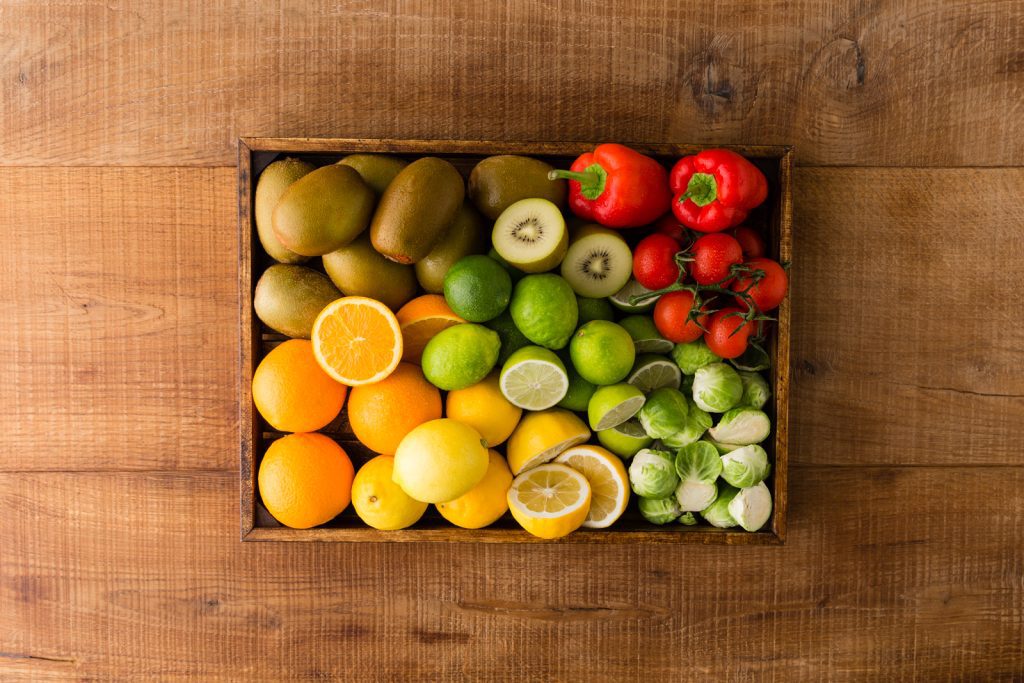
Our immune cells love vitamin C – with good reason!
When it comes to our immunity, vitamin C is a powerful antioxidant. Its antioxidant function aids our bodies’ ability to fight infection and also strengthens the integrity of our working immune cells.
Vitamin C is also essential for the repair of all the tissues in our body, from our bones and tendons to our muscles and skin, and it aids our absorption of other nutrients such as iron.
The question is: Should you be taking vitamin C supplements? Vitamin C is one of the most abundant dietary vitamins in fruit and vegetables. It’s also a water soluble vitamin, so it’s easily absorbed by our bodies.
Brussels sprouts, cabbage, broccoli, capsicums (particularly the red ones), citrus fruits including oranges, lemon, limes or grapefruit, kiwifruit, tomato and dark leafy greens such as spinach and kale are all incredibly rich sources of vitamin C.
From eating one orange, you can receive about 65mg of vitamin C, which is greater than your recommended daily intake (RDI) or minimum daily need for vitamin C. So, you can easily reach a high level of vitamin C intake without taking a supplement* by simply eating lots of fresh fruits and vegetables each day.
* When it comes to supplementation we always suggest checking in with your own health professional for your need for supplementation, as individual health status and conditions can vary your need for supplementing across a range of micronutrients. This information around supplements is generic.
Information from:
- https://www.nrv.gov.au/nutrients/vitamin-c
- https://nutritionfoundation.org.nz/nutrition-facts/vitamins/Vitamin-C
- Wintergerst E.S. et al (2006). Immune-enhancing role of vitamin C and zinc and effect on clinical conditions.Annals of Nutrition & Metabolism.
Zinc & Selenium
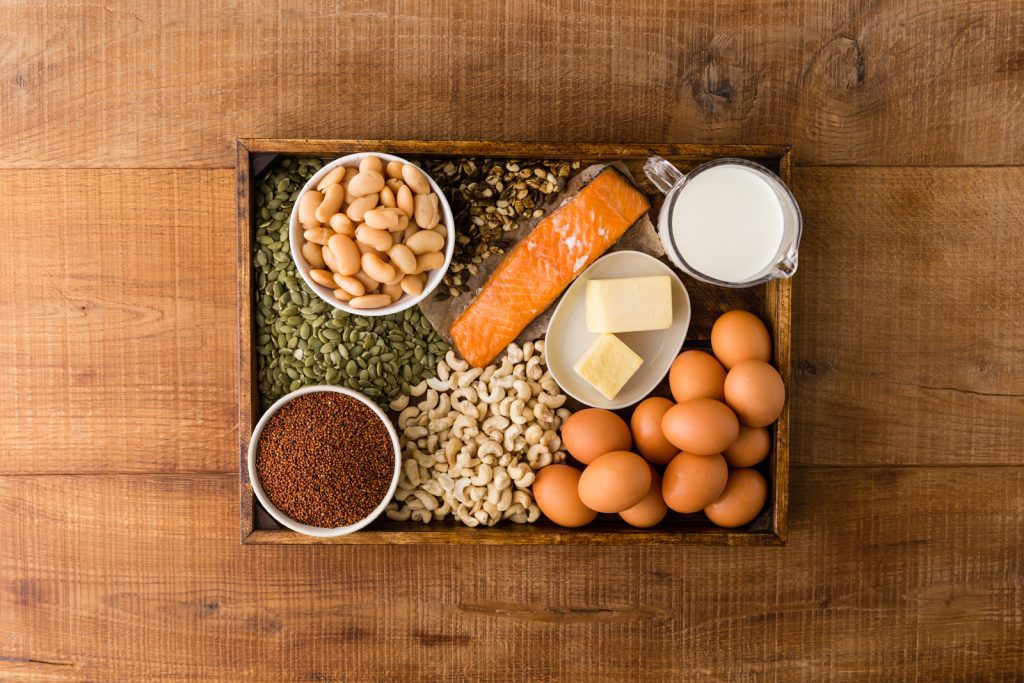
Zinc is essential for the development and function of our immune cells, which work hard to help protect us against infection. If our bodies don’t have enough zinc, it affects our ability to make more of these important immune cells that, in turn, reduces our immunity.
The good news is that you can easily up your intake of zinc with food like nuts, seeds, meat, dairy and legumes – all good sources of this essential mineral.
Selenium is a mineral that has powerful antioxidant abilities, and it’s another mineral that plays a vital role in a number of important mechanisms within an immune response so, as with zinc, when we are deficient in selenium our immune systems are impaired.
Did you know that New Zealand soils are known to be lower in selenium than other countries? This means our produce can contain less selenium than those grown in other countries, so look to include selenium rich foods such as nuts and seeds, eggs, fish or grain-based foods like muesli and pasta in your weekly diet to ensure you have plenty.
Information from:
- NZ Nutrition Foundation
- https://www.ncbi.nlm.nih.gov/pmc/articles/PMC3723386/
- https://pubmed.ncbi.nlm.nih.gov/15137917/
Prebiotics & Probiotics
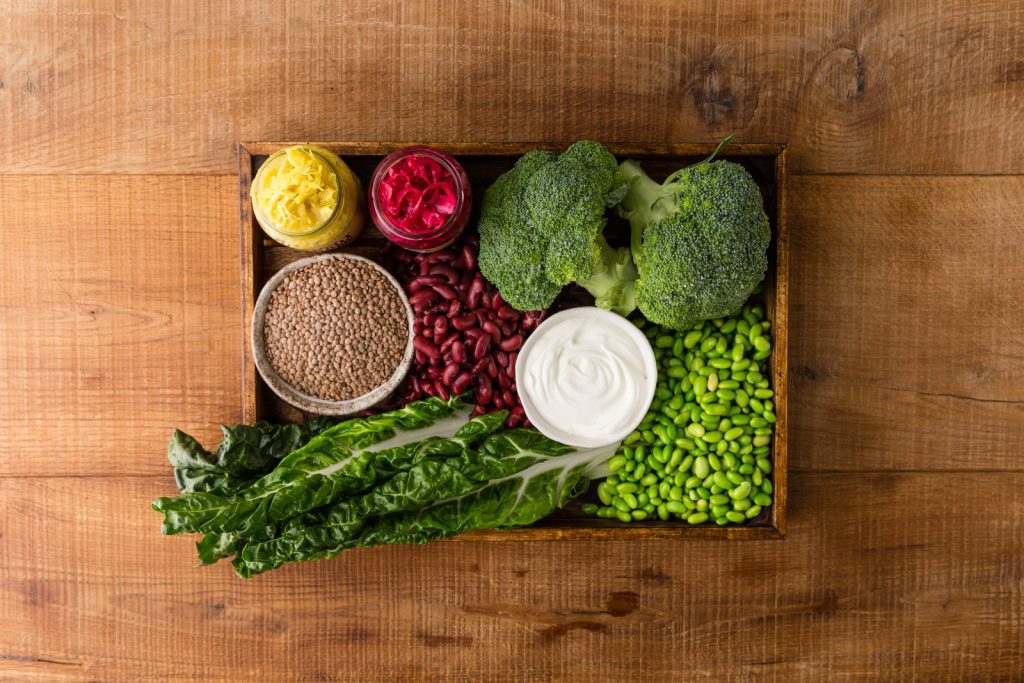
Prebiotics are a type of fibre used by gut bacteria as an energy source.
It’s important to fuel our gut bacteria with plenty prebiotics from fibre-rich foods including legumes like red kidney beans, veggies such as broccoli or cabbage, fruit and whole grains. Our good gut bacteria work hard to further digest our food and keep our gut lining healthy and absorbing well, and they thrive when there’s plenty of prebiotics in our gut.
Keeping this environment of good bacteria happy is essential, as an imbalance of good and bad bacteria can lead to damage and issues within the gut, as well as poor nutrient absorption.
Probiotics are live bacteria found in foods such as fermented foods like miso and sauerkraut, or in yoghurt or supplements. Probiotics have shown to help improve the balance and function of gut bacteria which can have positive effects on our overall health, especially our digestive system.
Due to the acidity of our stomach, not all of the good bacteria we ingest when we consume probiotics are able to reach our gut, so it’s important to continue to keep up intake of prebiotics (so the key is to focus on plenty of fibrous foods!) so that we can allow our own good bacteria to thrive.
Information from:
- https://www.ncbi.nlm.nih.gov/pmc/articles/PMC5031164/
- https://www.bda.uk.com/resource/probiotics.html
Vitamin A
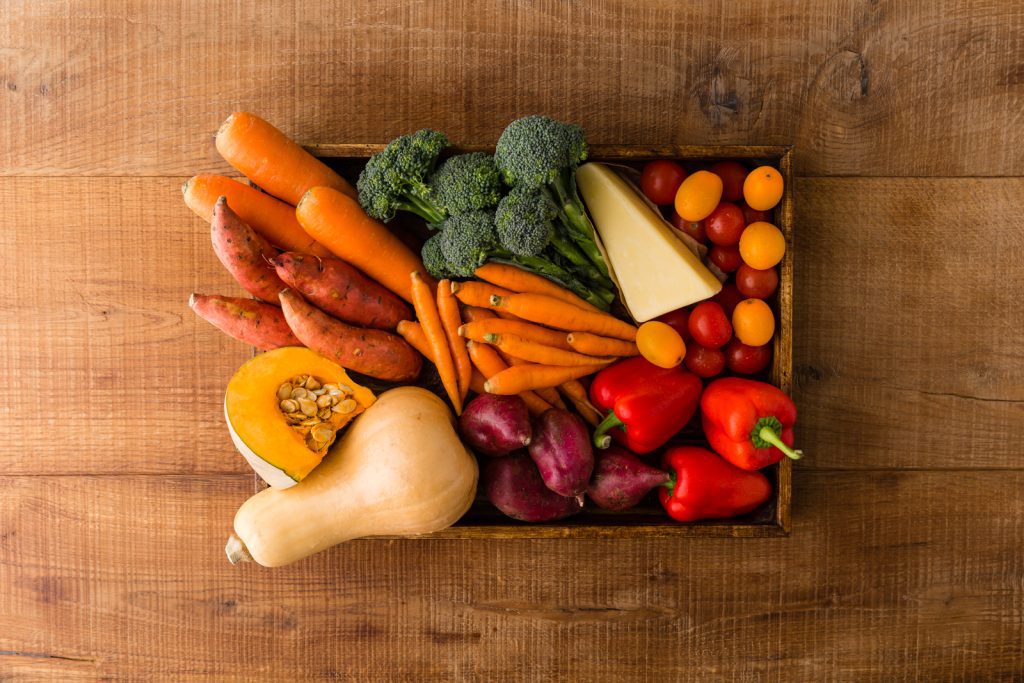
Vitamin A is important for our body cells to grow, repair and renew – and plays a vital role in helping us fight infection as, just like all our other body cells, our immune cells require vitamin A to function.
This amazing vitamin plays a critical role in our immune system by helping to increase the activity of our immune cells. Vitamin A acts as both an antioxidant and an anti-inflammatory agent, helping to reduce inflammation caused by an infection. Inflammation, though an essential part in the fight against infection, contributes to the nasty feelings we get when we fall ill.
Did you know that vitamin A has a few different names? It’s also known as retinol or as a carotenoid. In veggies, it’s mostly known in the form of beta-carotene.
The vitamin A we get from animal foods is called retinol. Eggs and dairy products like milk, cheese and butter are all rich sources of this type of vitamin A.
The vitamin A we get from plant foods is called carotenoids, which our bodies turn into vitamin A – now that’s pretty clever!
The most commonly known carotenoid is beta-carotene, which is responsible for the orange colour that we see in pumpkin, orange kumara, carrots and yellow and orange capsicums.
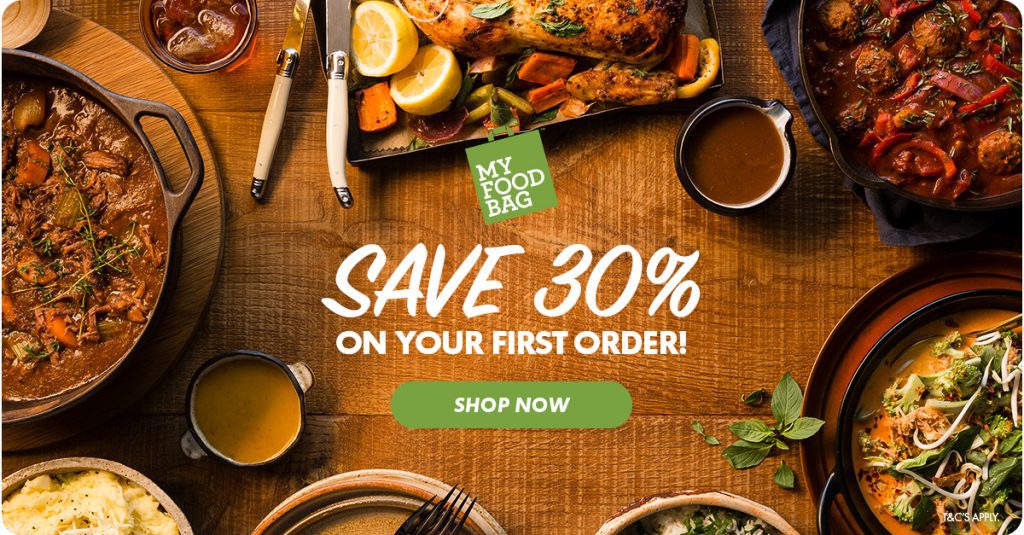
Information from:

